Having a “sweet tooth” is joked about, but it is no laughing matter. The WHO recommends limiting sugar intake to about six teaspoons (or 25 grams) a day — but according to the American Heart Association, the average American eats about 22 teaspoons of sugar EVERY day! This excess of sugar intake can lead to chronic diseases like diabetes, obesity, yeast infections, leaky gut syndrome, and a host of other issues for your body and skin.
We all know that sweets taste great! This is because sugar can make food taste sweeter and because when any type of sugar touches the tongue, your taste buds send a signal to your brain, which then releases the feel-good brain chemical called serotonin. Sugar sets off a cascade of hormones and endorphins that cause a temporary feeling of relaxation and calm.
An occasional indulgence in a sweet treat is not the problem, but it can quickly become an issue if you succumb to the desire to enjoy the feel-good cascade that sugar provides. This is especially true if you consistently over-indulge in sugary foods and treats because these behaviors lead to ongoing sugar cravings that are hard to resist, and not easy to stop!
Our bodies crave sugar for various reasons, and generally, cravings can be different for each person. Your brain may experience an intense desire because it needs sugar for energy and to function correctly. But beyond meeting a need, sugar cravings for adults tend to be habitual, rewarding, or even just physiologic. Let’s take a look at how cravings develop and what you can do to stop the cravings.
How Cravings Develop
Consuming foods with sugar (or simple carbohydrates) cause your blood glucose levels to spike, and your body releases hormones to utilize the energy right away, or store it for later. Here’s the thing, your body runs on sugar — glucose to be precise. Because sugar is glucose, your body has evolved to find sweet foods, particularly pleasurable, to maximize your survival. Your brain reward systems are activated when we eat sugar to reinforce seeking those foods out since they’re a great source of energy to fuel our bodies. If you overindulge, sugar’s drug-like effect on the reward center of your brain causes the addictive impact of cravings.
Vulnerable individuals can even have cravings similar to the need an addict has for drugs, opioids, and alcohol. Also, changes in brain receptors, specifically dopamine receptors, appear to impact sugar cravings, as described by a study on food addiction. When you eat sugar, you experience a feeling of happiness because dopamine is released. This release of dopamine leads to feelings of euphoria and can be a significant driver for your brain to send out craving signals to convince you to eat more sugar.
Your blood glucose levels also play a role in cravings. When you eat sugar, your blood sugar rises — and what goes up must come down. As your blood sugar drops, you can become irritable, shaky, and tired. Your body craves more sugar to boost you back up, and the cycle restarts itself. Over time, your cells become numb to excess insulin you are producing to handle these high blood glucose levels, and you may become insulin resistant. Insulin resistance contributes to high blood pressure, diabetes, inflammation, weight gain, and skin issues.
How To Stop Cravings
If you’re experiencing intense sugar cravings, it’s essential to determine the root cause and any external factors to break the addiction cycle. Even processed foods like snacks and chips that aren’t necessarily considered sweet can be laced with sugar.
The good news: to stop sugar cravings, you don’t need to make any drastic dietary changes. Cutting out sugar starts with awareness, preventative measures, and simple substitutes. Creating consciousness around how added sugars act in the body will help you recognize sugar cravings’ symptoms. Sugar cravings can be managed and reversed.
You’ll be able to function with more stable blood sugar and feel energized and grounded by following these steps:
Stay Hydrated
Hydration might seem unrelated to sugar cravings, but our bodies often confuse thirst with hunger. Next time you feel the deep urge to consume an entire box of chocolates, grab a glass of water. Drink the entire glass and then wait 30 minutes to see if the craving has been curbed.
Get Moving
Exercise releases some of the same endorphins you get from sugary foods and can be a great substitute when done consistently. You don’t have to go running or do anything incredibly intense to get the benefits. Just a brisk walk, a few minutes of jump rope intervals, or some bodyweight exercises can be enough to get the endorphins moving and dodge the sugar cravings. Planning exercise is also a great way to beat the sugar habit long term. Eventually, you can train your body to love the endorphins from exercise over sugar.
Spice It Up
Adding cinnamon to your morning oatmeal or a cup of tea is a great way to balance blood sugar levels and add sweetness without sugar. Include other spices or seasonings to salads, vegetables, and meat to keep your taste buds active.
Substitute Sugar
Many sugar substitute products are now available, but merely switching out sugar for a sugar-substitute will not fix the underlying problems and could cause more severe problems. Not all sugar substitutes a healthy alternative, and can even be worse than sugar. I recommend the occasional use of xylitol and stevia to sweeten foods.
Read Labels
These days we buy many prepackaged foods. Unfortunately, manufacturers like to lace their products with sugar to make them more appealing. Even savory foods can contain loads of sugar — like salad dressing, crackers, condiments, bread, and soups. When buying packaged foods, look at the ingredients. An excellent place to start is only to buy packaged foods that contain less than 3 grams of sugar per serving.
Eat More Protein & Fiber
Replenish your cupboards with whole foods high in protein and fiber. Diets that include protein and fiber help reduce hunger and sugar cravings. Both protein and dietary fibers help you feel full faster and keep a steady blood sugar level, which will help you prevent sugar withdrawal symptoms.
Healthy high-fiber foods include:
· Low Glycemic Index Fruits (such as Apples and Pears)
· Legumes (Beans and Peas)
· Vegetables
Healthy high-protein foods include:
· Legumes (Beans and Peas)
· Nuts and Seeds
· Animal Protein (Wild Alaskan Salmon, Grass-fed Beef and Organic, Free Range Chicken
Get Plenty Of Sleep
Quality sleep is crucial when talking about appetite control. It’s much more challenging when you are sleep deprived. Ghrelin and Leptin are two hormones that help your body regulate hunger — both are affected by sleep. Ghrelin is the hormone that stimulates appetite, while leptin is the hormone that decreases it. When your body is sleep-deprived, your ghrelin levels spike, and your leptin levels fall. When your body is signaling you for a pick-me-up because of sleep deprivation, sugar craving will be the first to spike because your body knows that sugar will provide a quick jolt of energy. These signals along with the increase in hunger caused by the rise in ghrelin and drop in leptin will make it much harder to resist sugary foods and the refined simple carbohydrates of comfort foods.
Satisfy Your Cravings
You can add foods that taste sweet, but without the processed sugar, you are trying to avoid. To sweeten your food and drinks, you should use stevia, a natural, no-calorie sweetener that doesn’t have the adverse health effects of sugar. Thalia’s Bar, is a decadent dark chocolate coconut bar sweetened with allulose, erythritol, and stevia — to have a low impact on blood sugar and insulin.
Healthy alternatives to satisfy your sweet tooth:
· Berries (fresh or frozen)
· Dark Chocolate (a small square of 85% or higher)
· Xylitol Mints or Gum
· Sweet Potatoes with Cinnamon
· Frozen Grapes
· Banana Slices with Almond Butter
· Dried Fruit (with no added sugar)
· Fermented Foods
· Sugar Snap Peas
· Herbal Teas
Remember, it’s about the ingredients in the foods you consume. Always check the ingredients listed on the package to make sure you’re limiting added sugar and eating healthy sugar alternatives.
RIDE IT OUT
Sugar cravings aren’t usually very subtle. They typically demand your attention — They beg to be satisfied! And it seems like they’ll never go away. However, this simply isn’t true.
Just like while practicing mindfulness meditation, sometimes thoughts can arise and disrupt. Distractions – whether internal or external – are a part of mindfulness meditation. They go hand in hand, but it can also then pass away. Cravings are similar, being a distraction, and having an ebb and flow. In those moments of weakness, hang in there and try riding it out. The intensity of the craving is bound to subside, and you may find a new sense of control and empowerment by treating it like you would a passing thought or idea while practicing mindfulness. Let it pass through you and then gently guide your attention back to what you were doing before the disrupting craving hit.
Stop sugar cravings and reset your eating habits by providing your body with proper nutrition. The Spa Dr.® All-In-One 14 Day Cleanse is a comprehensive nutritional program to support safe and effective sugar detoxification.
Want to learn HOW to kick sugar cravings for good and achieve clean, naturally glowing skin and vibrant health? There’s an actual process — and I’d love to share it with you! Go through The Spa Dr.®’s ‘Clean Skin From Within’ 2-Week Program during your All-In-One 14 Day Cleanse and learn which foods to eat to achieve a clean mind and body.
I’d love to hear from you! How do you control your sugar cravings? What’s worked and what hasn’t?
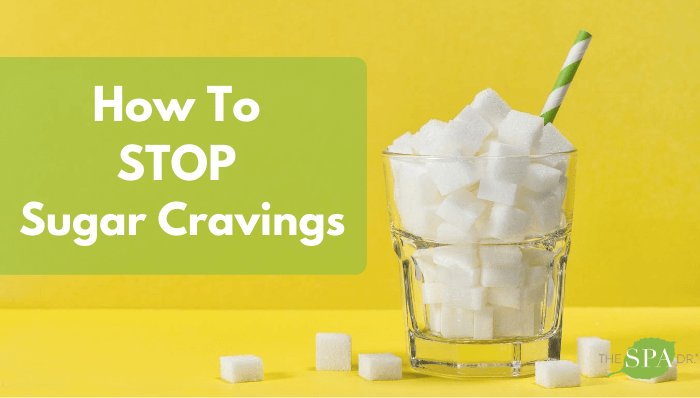
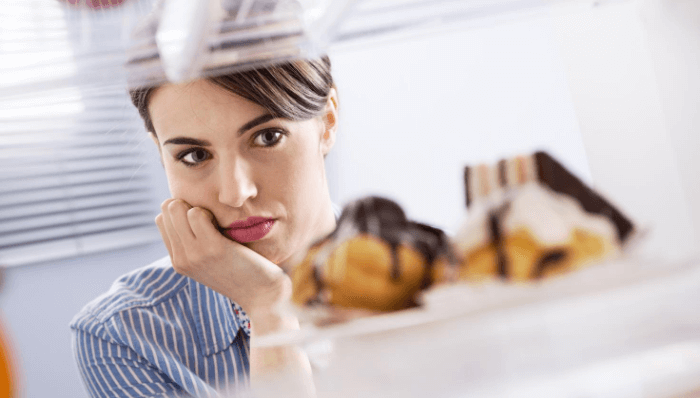
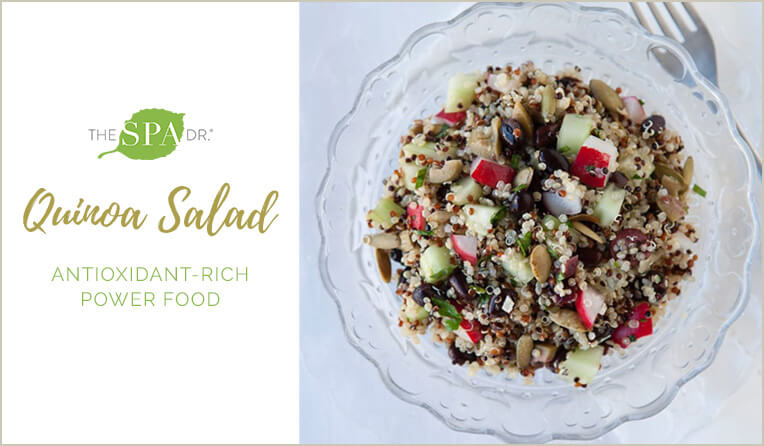
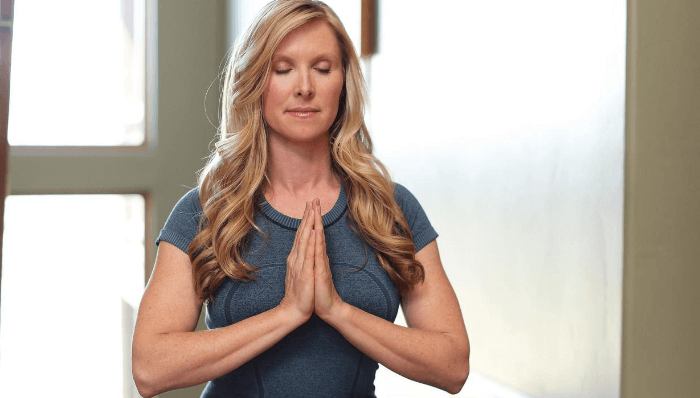

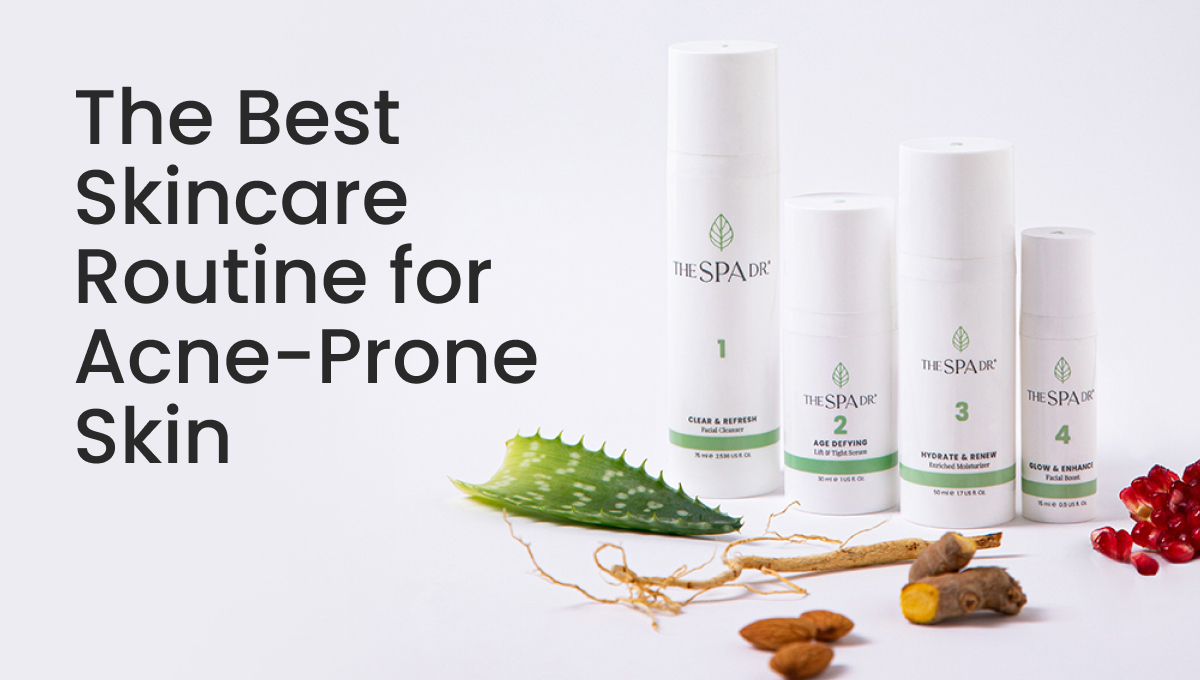
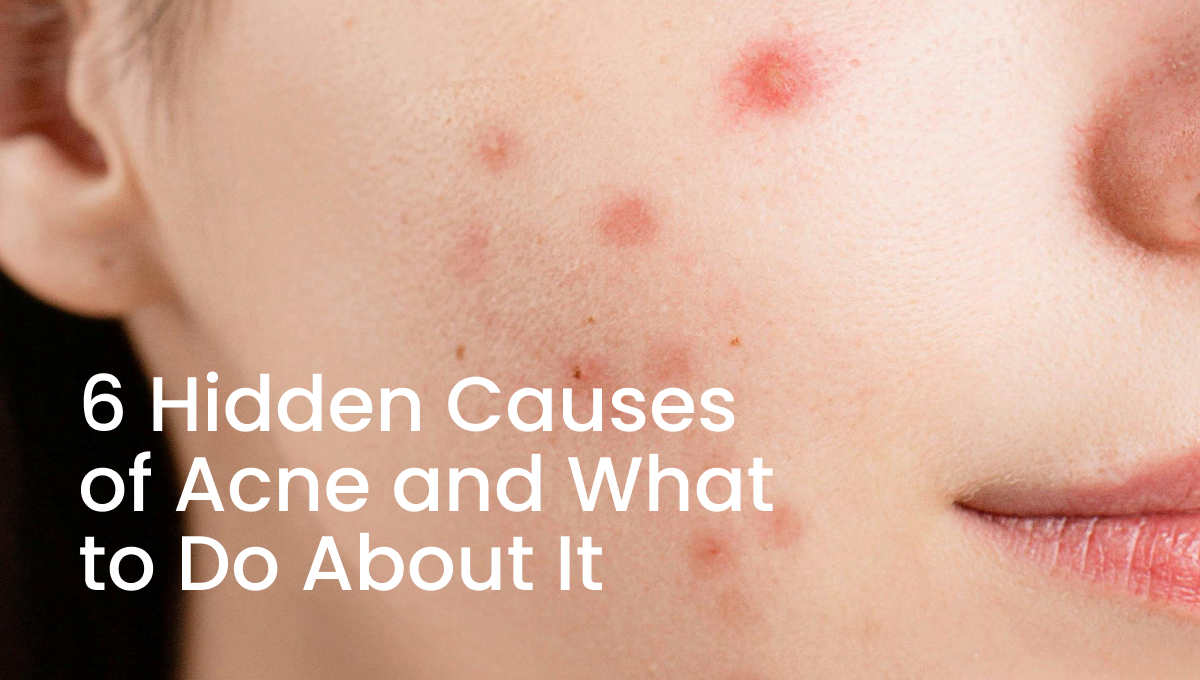




Reader Interactions